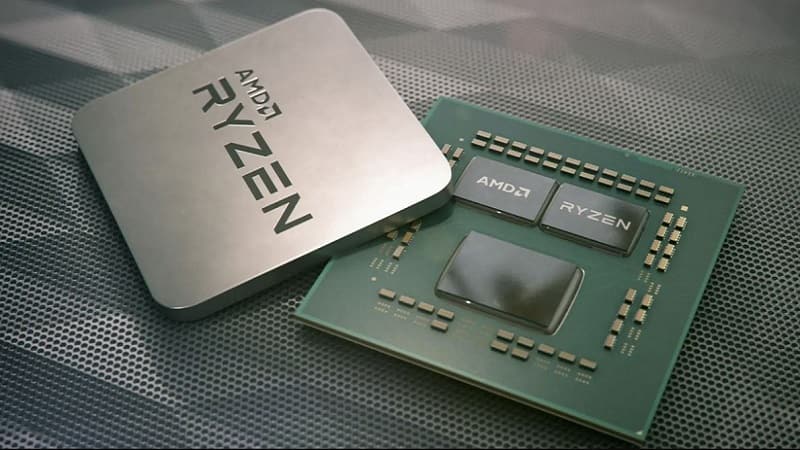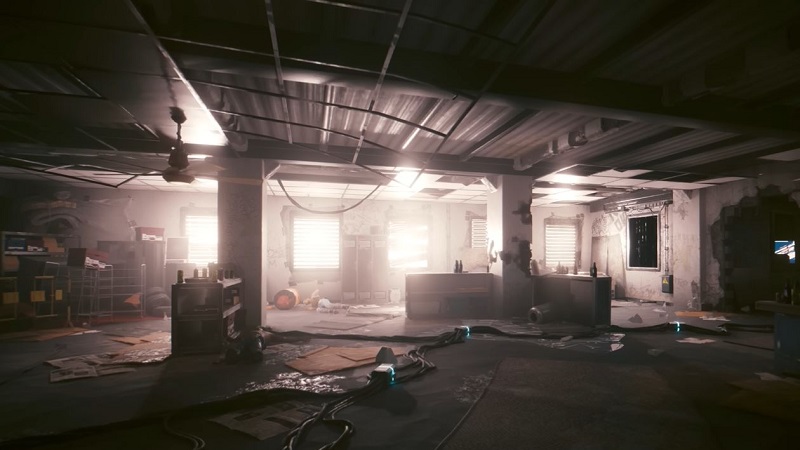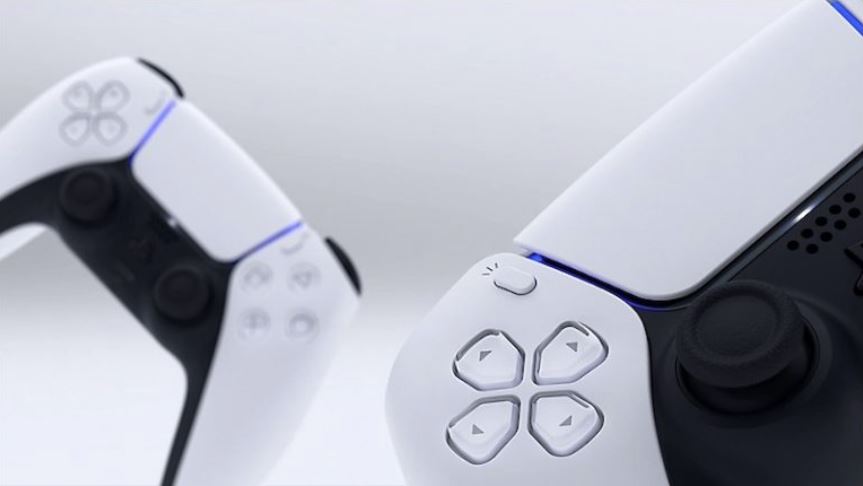What Are The PS5 Pro Specs – CPU, GPU, SSD Storage, RAM, Upscaling Tech, Ray Tracing Acceleration, PSVR 2 Upgrades & More

Want to know what the PS5 Pro specs are? Though it might not seem it, the PlayStation 5 will be having its fourth birthday in 2024 and while Sony’s current-gen console is still capable of kicking out some stunning visuals, it’s also clear that the relentless march of technology has meant that while still highly capable, the PlayStation 5 is starting to show its age somewhat. This is perhaps most obvious when looking at Unreal Engine 5 games running on PS5 such as Immortals of Aveum and Lords of the Fallen, as it’s clear that a substantial trade off in image quality was required in both cases to get them running at a suitable framerate.
As such, Sony repeating its trick of a mid-gen refresh (as it did previously with the PS4 Pro) is perhaps more essential this generation than it was in the last, thanks to the much more technically demanding games that are now available. With PS5 Pro, such trade offs could well be a thing of the past, thanks to not just the improved hardware but also the apparent inclusion of custom DLSS-like upscaling technology that would allow the PS5 Pro to run taxing games at higher resolutions and framerates than would be currently achievable on the PS5.
Though Sony has yet to officially confirm the PS5 Pro specs (we’re expecting the PS5 Pro specs to leak any day now considering that PS5 Pro dev kits are apparently out in the wild), we’ve compiled this feature which outlines everything that we know so far and knitted together from corroborated sources (together with a hefty dose of healthy speculation) about the details of the PlayStation 5 Pro technical specification.
PS5 Pro Specs – AMD RDNA 3, AMD Zen 2, GPU, CPU, SSD Storage, Memory & More
PlayStation 5 Pro Specifications:
What Are The PS5 Pro Specs – PS5 Pro Specs At A Glance
| PS5 Pro Component | PS5 Pro Specification |
| CPU | x86-64-AMD Ryzen Zen2 8 Cores / 16 Threads at 3.85GHz (3.85GHz possible via High Frequency CPU Mode) |
| GPU | 60 CUs running at 2.18GHz (TBC) |
| GPU Architecture | AMD Radeon RDNA 3 (TBC) |
| Memory (Including Interface) | GDDR6 memory running at 18Gbps |
| Memory Interface | 256-bit |
| Memory Bandwidth | 576GB/s |
| Teraflops | 33.5 |
| Available Memory | 13.7GB |
PS5 Pro Dimensions, Size & Weight
- Though the PS5 Pro will have to go some way to be be larger than the largest console ever made, it seems likely that if the PS5 Pro is intended to use faster versions of the existing AMD Navi and Zen 2 microarchitecture with an additional block on the silicon for DLSS style image upscaling and possibly frame generation, we would expect the PS5 Pro to be somewhere between the PS5 and PS5 Slim in size.
PS5 Pro CPU

PS5 Pro GPU
- When we come to the PS5 Pro GPU however, Sony is seemingly keen to provide a substantial upgrade here over the existing AMD RDNA 2 GPU used in the current generation PS5 console. If the currently corroborated rumours are true, then the PS5 Pro GPU will feature a custom AMD RDNA 3 GPU running at around 2500-2800 MHz and boasting 60 compute units, versus the current AMD RDNA 2 GPU found in the PS5 which boasts just 36 compute units and a 2.23Ghz clock by comparison.
- The latest leaked specs suggest that the additional CUs in the PS5 Pro GPU will result in the Pro console being able to render at least 45% faster than the standard PS5 console. PS5 Pro GPU performance is further bolstered by an AI Accelerator that kicks out 300 TOPS of 8 bit computation / 67 TFLOPS of 16-bit floating point calculations, while deeply customised machine architecture also results in improvements to image upscaling like never seen before on any home console to date. Finally, the PS5 Pro also boasts no less than 30 WGPs that in turn spit out specialised BVH8 traversal shaders – marking a stark improvements on the 18 WGPs which run BVH4 traversal shaders on the regular PS5 console.
PS5 Pro Image Upscaling
- Arguably what will serve as the centrepiece of the PS5 Pro’s improvements over the standard PS5 is the fact that specific hardware silicon is apparently being set aside to deal with image upscaling. Already deployed in a software fashion thanks to the checkerboard rendering approach that was taken with PS4 Pro upgraded titles and some PS5 games, the thought here is that this upscaling work would be improved by the PS5 Pro performing it a hardware level in a similar fashion to Nvidia’s DLSS solution, resulting in better results whereupon games that are upscaled to 4K resolution (or beyond) would look much more indistinguishable from their native counterparts.
- For PS5 Pro Sony has confirmed that its mid-gen console refresh will support something called PSSR (PlayStation Spectral Super Resolution Upscaling), which is essentially Sony’s own proprietary take on the upscaling and image reconstruction techniques that are already used by hardware vendors such as AMD and Nvidia.
PS5 Pro Accelerated Ray Tracing
- Alongside handling image and resolution upscaling at a hardware level, it’s also extremely likely by many accounts that the PS5 Pro will boast a similar hardware block to exclusively deal with processing advanced ray traced visuals. This is crucial for a forward-facing system, thanks in no small part to the fact that ray tracing is an extremely intensive rendering technique that taxes the GPU horrendously and this already evidenced by the use of ray tracing in PS5 games where visual trade offs in resolution, visual fidelity and sometimes framerate are apparent. With PS5 Pro, ray tracing would be entirely accommodated by specific hardware within the console set aside just for that – meaning that the PS5 Pro GPU could would then be free to worry about other stuff improving texture resolution, level of detail draw-in, improving framerates and all that other lovely stuff. There are additional dimensions to this too. With PS5 there is often a trade off in the quality of ray traced global illumination and reflections, whereas with PS5 Pro, if the mooted dedicated hardware is beefy enough to handle the much more advanced path tracing rendering pipeline, PS5 Pro owners could potentially enjoy high-end PC level ray tracing in a way that just hasn’t been possible.
- And indeed that’s exactly what has been confirmed by the latest leak – with the PS5 Pro boasting specialised hardware accelerated ray-tracing capabilities at 2x to 4x what the current PS5 console is capable of.

PS5 Pro Disc Drive
- The PS5 Pro will almost certainly leverage the same optical disc drive that features in the current gen PS5 console. Though it’s also equally possible that much like the current gen PS5, a digital only variant of the PS5 Pro may also appear.
PS5 Pro Teraflops
- The standard PS5 console kicks out 10.28 teraflops, and given that the PS5 Pro is apparently set to have a focus on running smarter and more efficient (with a key part of this approach being the dedicated hardware block for image upscaling) rather than just upping the base hardware, we can expect to see the PS5 Pro claw back some crucial performance that isn’t reflected in its teraflop count. The current set of leaked specs for PS5 Pro, put that Teraflop figure at 33.5 Teraflops – a gigantic leap over both the PS5 and Xbox Series S consoles.
PS5 Pro Memory
PS5 Pro Fans/Cooling Solution
PS5 Pro 3D Audio
- I would expect that the PS5 Pro would continue to leverage the 3D Tempest audio tech that is featured in the current gen PlayStation 5 console.
PS5 Pro Storage
- With the (still very fast) internal SSD drive of the PS5 coming up to four years old, it wouldn’t be terribly surprising to see Sony provide gamers with a faster internal storage solution for PS5 Pro. Though at this point, much of the corroborated information regarding the PS5 Pro specs have centred around other aspects of the architecture, so time will tell.
PS5 Pro DualSense Controller

PS5 Pro Ethernet/WiFi
PS5 Pro HDMI Ports
- With HDMI 2.1b being the new kid on the block that can enable 8K resolution at 60Hz and 4K resolution at 120Hz, in addition to support for resolutions up to 10K(!), it seems likely that for the sake of future proofing Sony will opt to go with this standard for PS5 Pro.
PS5 Pro USB Ports
- For PS5 Pro, we would expect to see a similar selection of USB ports as seen on the PS5. Not only would a USB Type-C be essential for compatibility with the PS5, but so too would the presence of additional high speed USB Type-A ports also prove vital for ensuring compatibility with the vast range of external SSD drives and other accessories that existing PS5 owners currently enjoy.
PS5 Pro Bluetooth
- With the latest Bluetooth standard (v5.4) boasting more robust connections, better quality and lower power consumption this absolutely seems like an obvious inclusion in the PS5 Pro.
PS5 Pro Operating System
PS5 Pro Backwards Compatibility
- Given the fact that the PS5 Pro is a mid-gen refresh with similar silicon to the current generation PS5 console, it will certainly be able to run every existing PS5 title without issue. The same should also be applicable to PS4 games as well.

PSVR 2 Compatibility
- In a vein similar to how the PS5 Pro will be compatible with all PS5 games, so too should we expect that Sony’s second mid-gen refresh console will be fully compatible with PSVR 2, as well. In terms of whether or not the PS5 Pro could offer visual upgrades to PSVR 2 titles, the answer would likely be a resounding yes – especially if those PSVR 2 games happen to leverage the notoriously heavy Unreal Engine 5 graphics engine or other similarly taxing middleware.
PS5 Pro Voltage, Power Consumption
- This is where things get a little trickier. With all of those advances in the silicon, it’s almost certain that the PS5 Pro will consume a chunk more power than the current PS5 console. As to exactly how much – that will depend on precisely what is going on under the hood – and hopefully Sony won’t be making us wait too much longer for a full set of confirmed PS5 Pro specifications.
Keep this page bookmarked as we continually update it with everything that we know about the PS5 Pro specs.
Related Content:




